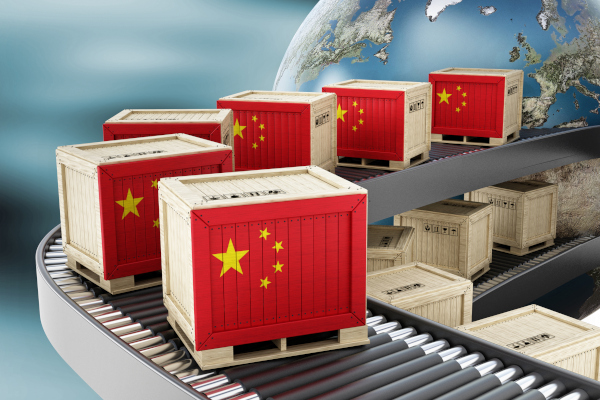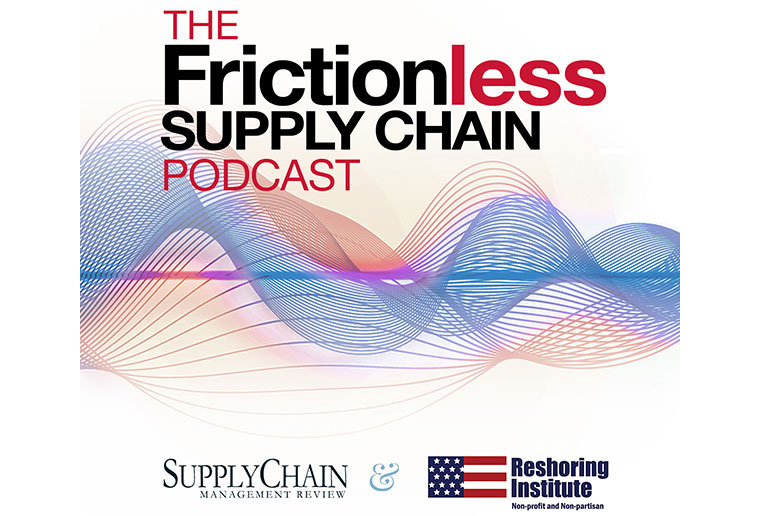After everything that happened during the pandemic and its collateral, for supply chain and procurement professionals, 2023 is a year that is slightly more “normal” in supply chain terms.
Albeit, there is still significant challenges to manage (inflation *cough* *cough*), a relevant question that we should be full steam ahead in answering is: how to reconfigure the global supply chain. (Or at least, “our piece” of the global supply chain).
A prevailing conclusion from the learnings of the past years is that we should move away from a “manufacturing center of the world” to be better prepared to mitigate the shortages and transport challenges that kept us awake during the past few years. Nearshoring, reshoring and supplier diversification are terms that are most talked about as the go-to strategies to implement in the coming years.
To be in a better place, it is not as simple as lifting a factory elsewhere and putting it near my factory. In terms of supply chain resiliency, this would not solve the problem from the root, and would be only about kicking the problem backwards and pushing the supplier to absorb the still-existing complexity.
Borrowing terms from the airline industry, we were working in a global manufacturing hub-and-spoke model, relying in a single manufacturing hub for the world. I do not believe we should move entirely to a global point-to-point model, creating as many production centers as possible. For me, the answer is in the middle, we should drive to create globally distributed hubs that still create economies of scale to distribute output. Those hubs should take care of being competitive at a global level, while avoiding fall into the protectionism trap.
It should be recalled that the transfer of operations to offshore locations had as one of the main triggers a much more competitive pricing, thought to be the consequence mostly of lower wages. While being a good strategy on the spot, it became an issue when the world economy largely implemented the same strategy and ended up manufacturing in basically the same location.
For a distributed hub network to be successful, the other levers to create long-term competitiveness should utilized more aggressively: knowledge (R&D, people training) and technology.
In order for a new production location to be relevant and resilient over time, and stay as a long-term link in a company’s supply chain, it’s time to plant the seeds and create the pillars that would facilitate that resiliency:
- Look for suppliers or products that are relevant to other industries apart from yours, this will allow you to collect the demand that meets the level to call for (suppliers’) investments.
- Review the above not only for your immediate suppliers, but also for tier 2 and tier 3 suppliers. Opportunities may lie in there and would help to compact the supply chain more comprehensively.
- Ensure that there is potential and interest in pulling the other levers that drive competitiveness: technology and know-how. Given that the low-wages card cannot be dealt, a partner that keeps this pillar as a long-term strategy helps to maintain their long-term resiliency.
- People are also key. To find them, guide yourself to regions where the industries require similar skills, or the workforce can be retrained to gain the skills needed to execute the type of operations you need to be executed.
- Gain more insights and knowledge of how to excel in the production of the product needed. (Why is Apple now able to develop new suppliers with relatively lower effort compared to when they first launched their products? Because they maintained not only the IP of their products, but also the know-how of how to manufacture them.)
- And perhaps most important of all: be patient, consistent, maintain pace and keep a long-term vision. Reconfiguring the world economy is an enterprise that takes time.
The above are not easy feats. Therefore, we should be strategic on deciding with which suppliers or commodities should be engaged more closely and earlier to initiate the change. As the basic factor that allowed for the offshoring of operations (low wages) is no longer the primary factor for reconfiguring the supply chain, the analysis should cast a wider net so the correct choices are made.
This effort is relevant for both the supply chain and procurement lenses. A global network supply chain would ease pressures, that in turn opens sourcing opportunities over time, creating new entrants in the industry, as well as creating new technologies and substitutes for products. Elements that increase the competition in a market. The vision should be about bringing and building aggregated supply chains that produce goods, increase network effect, create knowledge and competitiveness, and make them more resilient.
It is reported that nearshoring efforts started as early as in the first half of the 2010s decade. Why didn’t it gained more traction or be more successful? Unknown for now, but the learning is that if it had, we would have been better positioned. For that reason, we should stick to the long-term effort and reconfigure the supply chain.
About the author:
Jaime Mora is a seasoned procurement specialist, having worked for Constellation Brands, InterContinental Hotels Group and Heineken International. He is currently employed by global healthcare provider Novo Nordisk in Ciudad de Mexico, Mexico, holding roles in procurement and fleet management.
SC
MR


Latest Supply Chain News
- Tips for CIOs to overcome technology talent acquisition troubles
- There is still work to do to achieve supply chain stability
- Blooming success: The vital role of S&OE in nurturing global supply chains
- Supply chain salaries, job satisfaction on the rise
- How one small part held up shipments of thousands of autos
- More News
Latest Podcast

 Explore
Explore
Business Management News
- Tips for CIOs to overcome technology talent acquisition troubles
- There is still work to do to achieve supply chain stability
- Blooming success: The vital role of S&OE in nurturing global supply chains
- Supply chain salaries, job satisfaction on the rise
- How one small part held up shipments of thousands of autos
- Investor expectations influencing supply chain decision-making
- More Business Management
Latest Business Management Resources

Subscribe

Supply Chain Management Review delivers the best industry content.

Editors’ Picks





